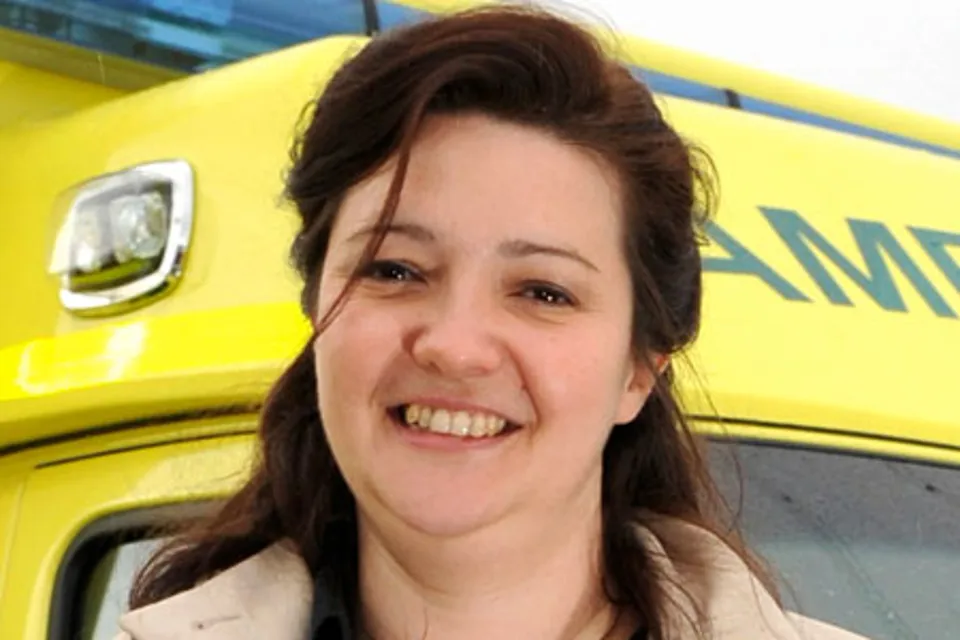The main issue is the light-bar which protrudes from the roof.
By using a new design concept based on aerofoil shapes common in the aerospace industry, whereby the light-bar is integrated within the roof design, university researchers reduced the drag factor substantially from 20% to just 3% more than an ambulance with no light-bars.
The research findings suggest potential fuel savings of 8-10% on a typical ambulance duty cycle by switching to this new design.
For YAS, with its £7 million annual fuel bill, this could result in savings of up to £700,000 a year and a reduction in carbon emissions by a potential 500 tonnes of CO2.
The research is all part of YAS’s target of a 30% reduction in carbon usage by 2015 (versus 2007), three times higher than the nationwide NHS’s official target.
The corresponding savings are likely to be more than £3 million.
The aerodynamic light-bar solution is not just relevant for ambulance services: police and fire brigades could also benefit from the research’s findings by adapting it for their own vehicles.
Keech hopes the University’s work will help to speed up moves by ambulance manufacturers and converters to create aerodynamic vehicle solutions.
Some are already investigating their own designs.
“It’s about sharing the findings with the manufacturers to encourage and enable them to move quicker in that direction,” she explains.
It’s in their own interest: early adopters which can prove fuel efficiency gains by utilising the aerodynamics research will clearly have a strong argument during the tendering process with ambulance services across the UK.
And as YAS moves away from box-body ambulances towards integrated bodies, it will enjoy additional benefits, not least in financing the vehicles which will be considerably reduced.
They are also lighter, which further improves the fuel efficiency.
Another initiative instigated by Keech could have an equally significant impact on the fleet bill.
Ambulance cars can spend up to 65% of their time idling or on run-lock: drivers tend not to switch of the engine because the battery powers the GPS system, on-board computers, mobile phones and other equipment – plus the heating.
Over two, 10-hour shifts, this equates to 13 hours of idling/run-lock a day.





















Karen Cunningham - 28/11/2012 01:29
Awesome article. Sending a link to it to a friend of mine who works in this area, to see what they are doing in London, Ontario with regards to "greening" our ambulances and ambulance stations.